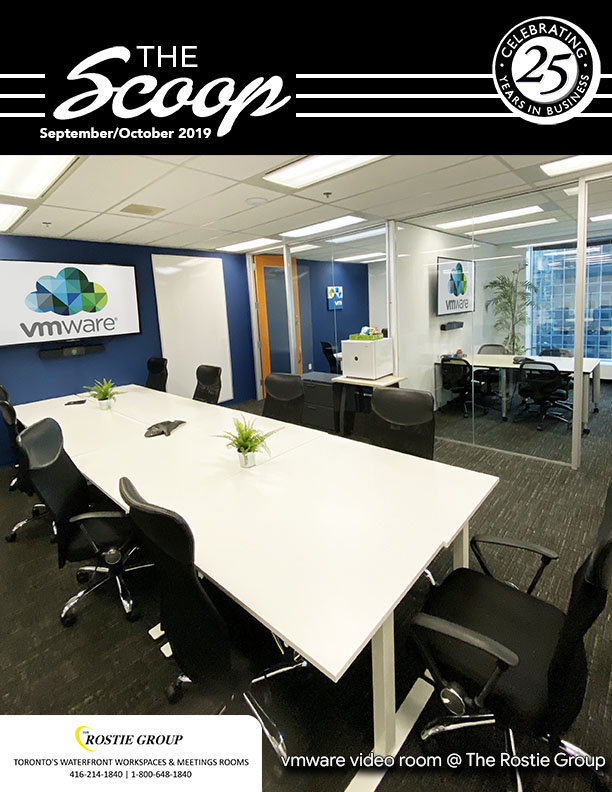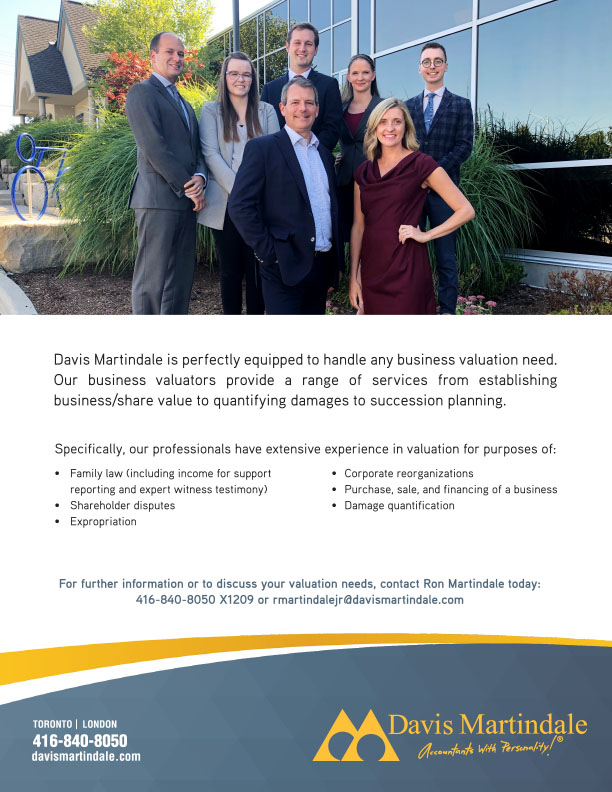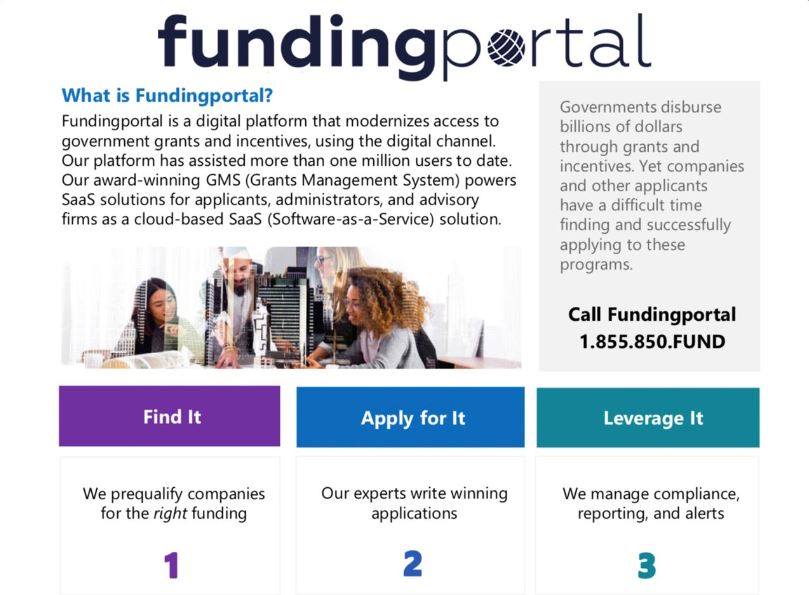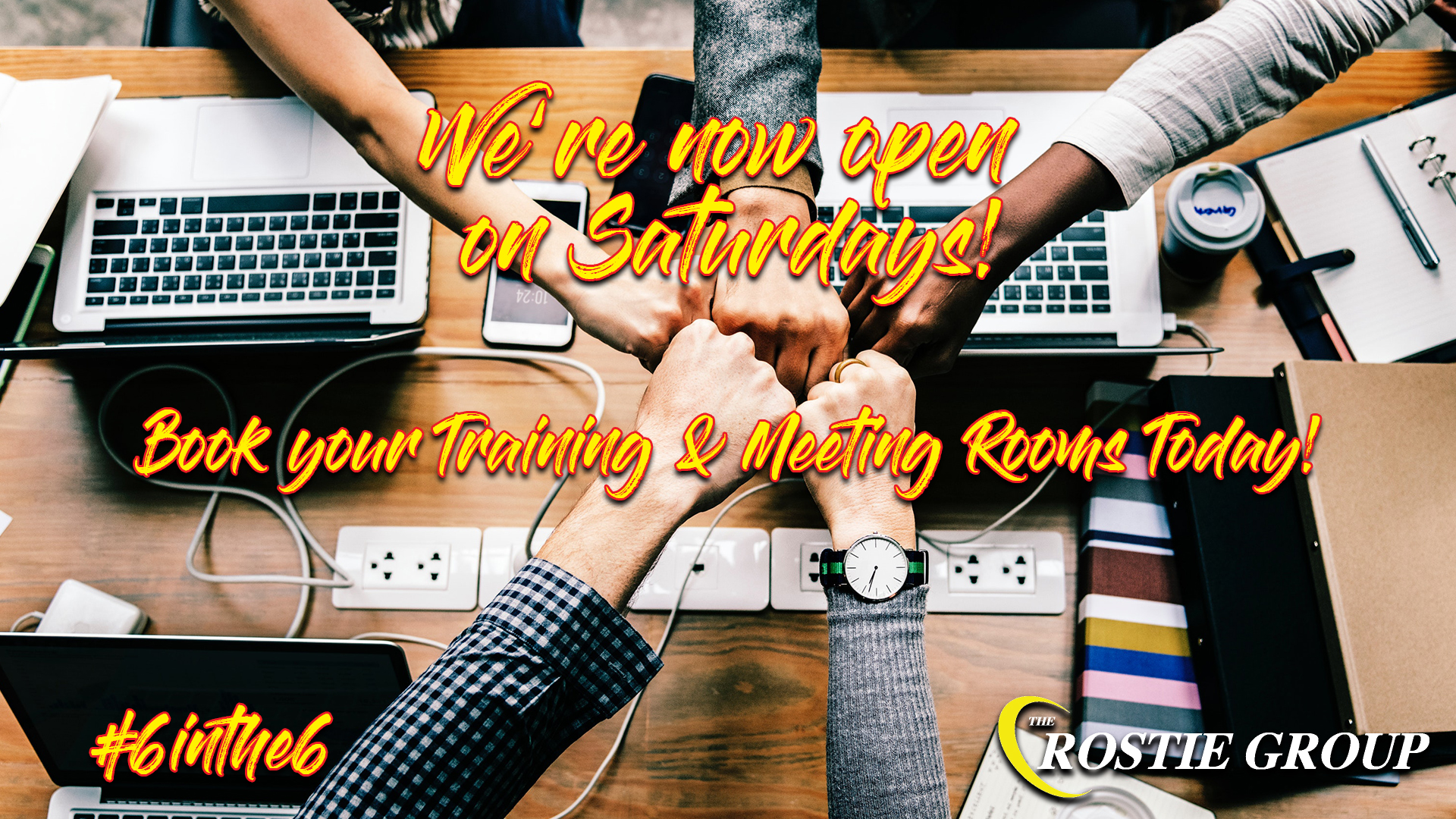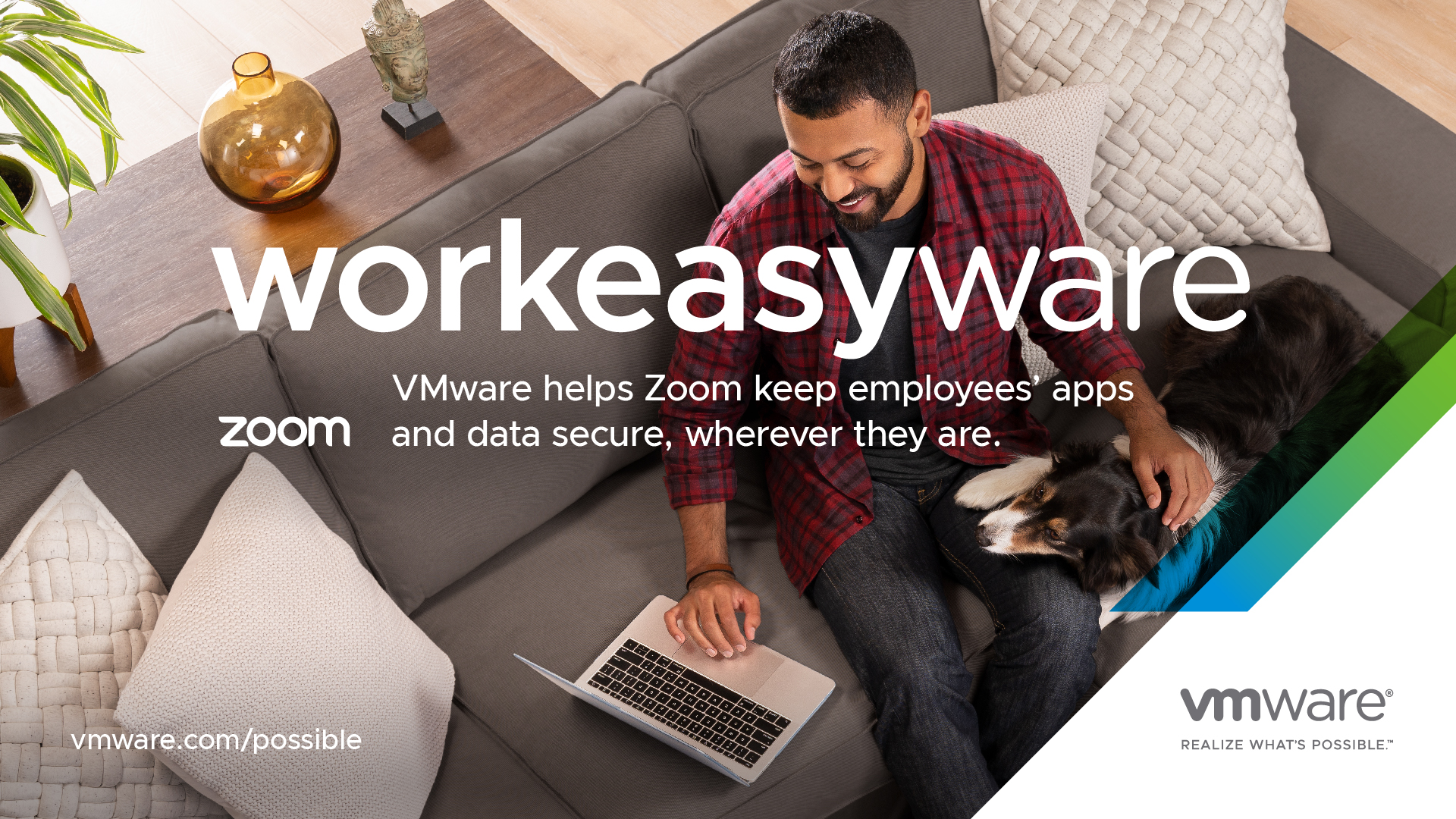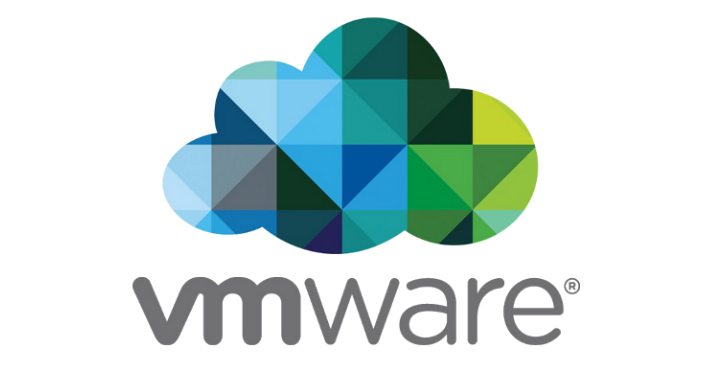Enjoy This Month’s Scoop And Learn About Exciting Events Happening Around Toronto’s Waterfront.
If you would like to advertise in our growing newsletter we are always happy to showcase local companies and community partners. For more information on advertising, email marketing@rostiegroup.com to request a copy of our Media Kit!
You can also read all the editions of The Scoop, on your phone or tablet, through the Google News App. You can even take them with you and read them offline! Just click here to go directly to our Google News feed.
You can also download a PDF version here.
In This Issue
Coworking locations are popping up everywhere. And while we think we have the best spot in town, there are some things that are equal across all of them. When moving to a new space like this, you may be unaware of some of the more delicate etiquette rules associated with coworking spaces. Many of these “rules” are pretty standard when it comes to any shared space. If you’ve had messy roommates, you may already be familiar with some of these. But let’s examine some more specific coworking rules:
Rule #1 – Be Scent Free
A standard rule in a lot of organizations, but doubly important in a shared coworking space. Not only should you be wary of allergies that scents may trigger, but also general comfort levels. Not everyone in your coworking space will come from the same background, or even the same city, and some scents may be more uncommon or more offensive to differing individuals. This includes not only perfumes and colognes, but personal hygiene items like after shave and body wash. It also extends to food. The scent of strong food may cause either displeasure at the scent… or just making everyone grumpy they’re sitting in a meeting at lunch time. Speaking of food…
Rule #2 – Clean up and Wash down
Some days you can step out for a long lunch. Other days, you need to eat at your desk and catch up on work. Either way, be aware that the food you introduce to the shared coworking environment will be shared by everyone. Not in terms of everyone having a piece, but in terms of scents floating in the air, and the mental images those smells may bring up. Vegans may be uncomfortable with the smell of meat. And certain cultural foods may taste delicious, but have offensive scents. (Cabbage anyone?). This doesn’t mean you can’t eat what you want, as long as you’re respectful, and more importantly, clean up your area after, to scrub away all potential lingering scents.
Rule #3 – It’s called “Coworking”
One of the major advantages of a coworking space is the savings that you get from sharing that space. Everyone will understand if a meeting runs long, but if you constantly run over time, and cause other company’s meetings to be delayed, you’ll quickly find yourself public enemy number 1. This is one of the easiest rules to follow, since starting and ending a meeting on time is actually a good thing. Your client is not more important than someone else’s.
It’s important to keep in mind that this place is shared. Everyday you’ll see new faces, and say goodbye to old ones. It’s just the way modern working… works.
Getting to Know You
Michelle Frisch
Legal Assistant/Law Clerk
Dyer Brown Law Firm LLP
Where is the most interesting place you’ve ever been?
Costa Rica – it is beautiful there. From the tree trekking, to the volcanoes, to white water rafting, to the hot springs, to the catamaran snorkeling tour off of an island full of wild boars; if you haven’t been – go!
If you had to eat one thing for every meal for the rest of your life, what would you eat?
Turkey dinner, unless calories don’t matter, then Reese Peanut Butter Cups forever!
What is something that you think everyone should do at least once in their lives?
Have a puppy. Everyone needs the love of a dog!
What song would you sing on karaoke night?
hmmm… with enough alcohol and some friends to join me, I would sing just about anything (not very well though). If I had to choose something: Darius Rucker – Wagon Wheel.
If you could have dinner with any three people, past or present, who would they be?
Ellen Degeneres, Nelson Mandela, and Bryan Baeumler
Overview
At Dyer Brown LLP, we have long understood that extraordinary service begins with having an extraordinary team of dedicated professionals.
From our early beginnings, our goal has always been to attract and retain the most talented professionals and to make the firm once of the finest places to work.
OUR PERSONAL INJURY Law practice represents people who have been hurt in automobile and other types of accidents due to the negligence of others.
OUR EMPLOYMENT LAW practice advises employers and individuals in all aspects of employment law in both the provincial and federal sectors.
OUR INSURANCE TEAM covers virtually all major legal issues faced by insurance today and our experience in the field is both broad and deep.
Over the last decade, the number of employees working remotely has skyrocketed, and continues to increase year-over-year. Roughly 70% of the global workforce works remotely at least one day per week, and reports estimate that 50% of the U.S. workforce will be remote within the next ten years. Despite these numbers and the increased popularity of working from home, remote work is still relatively unchartered territory. There are still mixed opinions on teleworking, and many managers remain hesitant and unsure on how to manage remote teams. As a result, it is imperative for remote employees to work efficiently and professionally off-site. I’ve written some key productivity tips below to help remote employees keep on track and stay in their managers good books.
First things first, you need to look the part. A lot of people have this idea that working from home
involves sweatpants and a t-shirt, or just throwing on something quick and comfy. Dressing too casually can make it feel like you’re just relaxing at home or hanging out, resulting in lower productivity. Dressing the part, and wearing what one normally would to work, will help you get into the right mindset and feel prepared for your workday.
Secondly, it’s extremely important to keep a proper schedule and work regular hours when working remotely. Some people get into the habit of starting later, and sleeping in, or working different hours when working from home. To be successful and establish a proper routine, it’s important to work the same hours and the same times each and every day.
Similarly, it’s important to remember to take breaks, just like you would at the office, when working from home. A lot of remote workers tend to stay in one place and try to get all of their work done as quickly as possible to have more free time. Instead of cramming, it’s best to take time out of your schedule to get up and get out of your workspace for a few quick breaks.
When working from home it’s also extremely important to pick the right workspace. Creating a dedicated workspace is essential to separating work from your home life and getting into the right mindset for your daily job. When selecting your workspace its important to choose a bright lit space in order to increase your energy, reduce eye strain and keep you focused.
Finally, working from home doesn’t mean you should isolate yourself or work in a completely isolated setting. It’s important to take the time to go outside, get some fresh air, and connect with others. Many remote workers complain of loneliness or of feeling disconnected from the rest of their team. It’s therefore important for remote workers to reach out and connect to their co-workers, friends and family to counteract this.
Remote working is no longer a fringe practice, it’s a legitimate option and could very well be the new norm in the near future. It is therefore important to prepare for remote opportunities and establish strong habits to succeed.
IF you’re ready to build your business and start working remotely, you can check out the Virtual Plans that The Rostie Group has to offer you. All the advantages of having an office in a physical location, with the ability to work anywhere in the World! Sign up Today!
Long Live the Age of Disruption: Five Tips to Help Canadian Organizations Self-Disrupt for Success
Written by Special Contributor Sean Forkan, Vice President and Country Manager, VMware Canada
The age of disruption started a few years ago, and it’s far from over. Industries that have looked the same for decades are being reshaped by unexpected competitors, and with constant digital innovation, it’s not going to stop. Take the hospitality sector, where the business model for hotels hadn’t changed in hundreds and hundreds of years. Then Airbnb arrived offering stays in homes rather than hotel rooms. Now, major global hotel chains are reacting to the popularity of a player they likely never anticipated, rather than leading. No matter what industry you are in, this level of disruption is possible. More than possible – inevitable. And in most cases, technology is what’s levelling the playing field.
Here are some tips to help your business self-disrupt before your competitors do the disrupting for you:
5. Get out of your comfort zone
I’m a creature of habit. We all are to some extent – everyone likes to have a routine, and the rhythm of your day can be thrown off when you face an unexpected interruption. The same is likely true for your organization. If your business model – the formula of your success – has stood the test of time, with that comes a certain comfort. Change is never easy.
Perhaps innovation exists in your business, but if your organization is like most, new thinking is likely to be targeted in a single direction or to focus on delivering incremental improvements to existing market offerings: Get the new customer. Close the new deal. Bring a new product to the market.
If that sounds like your company, it’s time to step out of your comfort zone and ask some hard questions about how your business can serve customers in the future. Ask your teams, your customers and your business partners: What are those big unmet or underserved needs that exist in your market? Can you start delivering your products or services in a completely new way that changes the customer experience – leaps and bounds beyond what your competitors are doing?
4. Rethink who your competitors are
It’s up to your organization to chart its own path. But at the same time, you must be aware of how your competitors are reacting to challenges and trends in the marketplace. Importantly, the competitors you need to watch out for may be different from the established players that have been on your radar over the long term. What are the fast-growth startups that are shaking up your sector? What international players are likely to expand into your market? How is technology making it easier for new or untraditional players to come on to the scene? If you don’t know, now is the time to find out.
3. Strategy comes before solutions
More Canadian businesses than ever before are embracing the power of the cloud, especially now that it’s easier to mix on-premise, private and public cloud environments while keeping data inside of Canadian borders. But in this zeal to introduce new technology, organizations can sometimes skip the strategy step – something that won’t save time or money in the long run.
Decide where your business needs to go in the next 2 to 3 years and then map the technology platforms that will support you in getting there. Look for flexibility so you’re able to react quickly to new technologies as they come up, and take the leap of faith to safely test new solutions – you might uncover the next great thing. But don’t move to the cloud simply because every other business seems to be doing it. Your organization has unique needs, and these should form the cornerstone of your IT strategy, not the latest trends.
Lastly, at regular intervals, take time to reflect as you execute your strategy. Ask yourself and your teams: Are things unfolding as anticipated? How are customers responding? How are competitors responding? Are there assumptions that were foundational in your original strategy? And finally, based on all this input, are there any course corrections we need to make?
2. Digitally transform without delay
Businesses often decide to either expand their use of cloud without stopping to think of the lead-time and expense. An all-in approach using only one type of cloud won’t always help you get there at the speed you require. If you want to start seeing the benefits of digital transformation quickly, try a hybrid cloud approach that leverages the benefits of private and public cloud/multi cloud alongside the on-premise data centre without having to re-architect for each one. For example, VMware Cloud on AWS makes it possible to add capacity to your private data centre with the same management infrastructure, avoiding cloud silos that cost time and money. Globally, we continue to collaborate to add more choice and options for our customers – from Google Cloud VMware Solution by CloudSimple to VMware cloud infrastructure on Microsoft Azure.
1. Put your people first
Putting the right IT strategy in place powered by the right technologies is a good start. But none of this will have any impact unless your people are empowered to help the business shake off the status quo across every facet of its operations. Culturally, your organization needs to live and breathe innovation – it should inform every process your team undertakes. Encourage everyone to operate with a ‘beta’ mentality and support safe testing and learning of new approaches and processes. From an IT point of view, have the right talent in place who can drive the digital transformation agenda – a mix of building and developing, maintaining and a whole lot of vision.
Many times a staff meeting is scheduled and carried out that “could just have been an email.” People are busy and the last thing they need is to be taken away from that work. (Ironically enough, many times staff meetings are held specifically to address concerns with productivity.)
Still, there is a need for face-to-face staff meetings. While email is great, the written word can’t convey tones or emotions.
Since you absolutely need to have the occasional staff meeting, we’ve decided to give you 4 quick tips so those meetings will go smoothly. Tips that even HR experts agree with.
Staff Meeting Tip #1 – Agenda
It is of utmost importance to set an Agenda for the meeting. That way, the attendees will be able to come prepared for the meeting by bringing any documentation and reports, as well as knowing if they should come prepared with their laptops and equipment, or just a notebook.
Staff Meeting Tip #2 – Who should Attend
Don’t automatically assume that a staff meeting should include all of your staff (unless your firm is small enough). Not everyone has to be at every meeting, and it’s vitally important that when someone is requested to be at a meeting that they have a part to play, and are getting value from it as well.
Staff Meeting Tip #3 – Start on Time and End on Time
Sometimes people run late. It happens. If you make a big deal out of it, you’ll only slow down the meeting further. If it’s a recurring issue, then maybe the meeting time is the problem. Regardless of the time you start, it is crucial that you end your meeting on time. This gives everyone a chance to return missed emails and calls, at the time they said they would. Also, if the meeting is in the afternoon, it helps to not let the clock run out, so work doesn’t have to get pushed for tomorrow.
Staff Meeting Tip #4 – Feedback
It is critically important that you get feedback from your attendees. Afterall, they may feel the meeting truly was a waste of their time, or that nothing got discussed or done. Maybe the timing is bad, or they are too frequent, or not frequent enough. This doesn’t have to reflect badly on you as the person who ran the meeting. The reason why you have a team is because work is accomplished collaboratively, and other opinions are necessary as well.
Being an entrepreneur is an innate trait that some are born with and some aren’t. It’s a mind set that many with this gift can’t seem to escape. They see the world as a large opportunity and continuously seek ways to seize the moment.
The world has seen its fair share of entrepreneurs who have succeeded and others who have failed miserably. It truly is a high risk, high reward life style.
Companies such as: Microsoft, Apple, Virgin, Tesla & Amazon all began as an idea on a piece of paper, by larger than life personalities that once started out in their parent’s basement. After countless trials and tribulations, these individuals were able to successfully penetrate a market and become king pins of their respective industries.
However, this success certainly didn’t come overnight. It’s a known fact that even these successful would-be billionaires were once on the verge of being homeless, surviving on ramen noodles and living out of the back seats of their vehicles. It was only their entrepreneurial instinct that kept them pushing through these hard times and as luck would have it, their hard work and determination paid off.
Then, you have the other side of the coin.
In the early 2010’s, the world became obsessed with the reality TV concept of seeing entrepreneurs pitch their ideas to investors on shows like Dragon’s Den or Shark Tank.
These shows gave the everyday viewer a chance to see what entrepreneurs were coming up with, prior to their multimillion dollar success. Some were successful, while most failed to develop a concept that could wow not only the investors, but the audience who were watching the show. In some cases, the feedback went as far as telling these individuals to “stop putting money into this and walk away while you still can” or “this is the dumbest idea I’ve ever heard of”.
One thing to be taken from the countless seasons of good ideas and bad ideas is that the mindset of the participants never veered from their end goal of being a successful entrepreneur, regardless of the feedback they received.
Whether you possess this way of thinking or not, it’s important to remember that each person has a place in the world to be successful.
Most importantly, any good Entrepreneur needs the proper space for their ideas to develop and grow. That’s why The Rostie Group provides offices of all sizes so you and your growing team have a place to make your dreams come true!
For those of you who have made a living travelling from city to city, country to country, or continent to continent to put food on your family’s table, we respect you.
It’s not easy living out of a suitcase and eating hotel breakfasts for days and even weeks on end.
Sure, it may seem fun to others who only see the glitzy part of the travelling. After all, visiting different parts of the world, staying in hotels, and eating in restaurants all on the company dollar, is most people’s dream situation.
I’m here to bring attention to these individuals who put in the added effort for the greater good of the company and their families.
As the University of Texas – Dallas pointed out; there is a clear set of pros and cons in travelling for work.
Pro’s such as creating closer relationships with your coworkers and clients, visiting different cities of the world, and of course, the free food, all seem to be the perks that keep these employees going day after day.
However, the cons such as visiting cities that aren’t so beautiful, constantly trying to stay healthy (by avoiding getting sick), and losing the thrill of travelling on their personal time, seem to be the roadblocks that can become the deciding factor whether they continue with the go-go-go lifestyle.
I think one con that wasn’t touched on in this article is the lack of a stable workspace. It’s common for white-collar workers to thrive off of structured work schedules and environments. A place to call home while on the road can certainly benefit in boosting a travelling employee’s morale and production.
At The Rostie Group, we have just the solution.
Our flexible Coworking provides the perfect amenities for any travelling employee to call home. A dedicated desk, internet connection, phone, and access to meeting rooms, will provide the structured environment they so dearly require.
For more information about our Coworking services, please contact our sales team at (416)-214-1840 or visit rostiegroup.com.
VMware Canada
F: @vmware
T: @VMware
L: VMware
Y: VMware
Davis Martindale
P: 416-840-8050
Fundingportal
E: communications@fundingportal.com
Dalhousie University
W: dal.ca/CEGE
E: cege@dal.ca
F: @dalcege
T: @DALCEGE
L: CFAME@Dal
Frederick Hawa, BSc MBA LLB (JD) Lawyer
P: 416-707-2969
Freda’s
W: fredas.com
P: 416-703-0304
Dyer Brown Law Firm LLP
P: 416-622-4300
Waterpark Athletics
E: waterparkathletics@oxfordproperties.com
P: 416-360-4047
One East Hair Salon
P: 647-348-6656
Concordia University – John Molson School of Business
P: 514-848-2424
L: Concordia University – John Molson School of Business
SWAT Health
I: @swathealth
The Goodman Pub and Kitchen
W: fabrestaurants.ca/restaurant/thegoodman/
P: 647-341-2337
Pie Bar Restaurant
W: fabrestaurants.ca/restaurant/pie-bar/
P: 647-341-7221
F: @piebarto
I: @piebarto
Cucina Urbana

